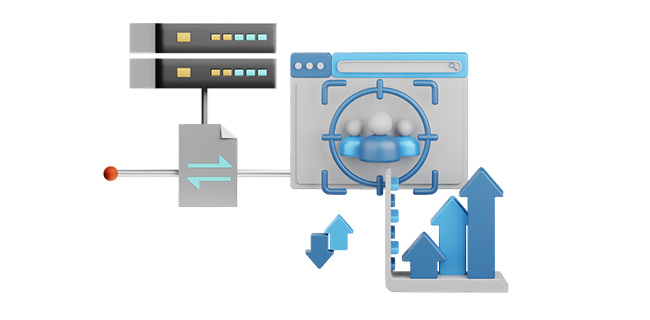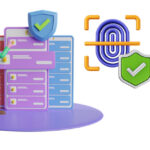Understanding the Information Technology Infrastructure Library (ITIL)
In today’s fast-paced digital landscape, organizations strive to optimize their IT services to meet evolving consumer demands and uphold business competitiveness. One framework that has emerged as a cornerstone for IT service management (ITSM) is the Information Technology Infrastructure Library, commonly known as ITIL.
What is ITIL?
ITIL is a set of best practices designed to align IT services with the needs of the business. Originally developed in the 1980s by the UK government, ITIL has undergone multiple revisions, with the latest version being ITIL 4, which emphasizes a holistic approach to service management. This framework fosters a culture centered around continuous improvement, customer satisfaction, and effective resource management.
Key Components of ITIL
ITIL is organized into five core components:
- Service Strategy: This phase focuses on understanding customer needs and creating a strategic approach to design and deliver IT services that meet those needs efficiently. It involves market analysis, risk assessment, and defining value propositions.
- Service Design: This component emphasizes creating new services or changes to existing services. It includes designing the service itself, the processes needed for service delivery, and the requirements for supporting resources.
- Service Transition: This stage ensures that new or changed services are transitioned smoothly from development to operational use. It involves planning, coordinating, and managing the resources required for successful deployment.
- Service Operation: Here, the day-to-day management of services occurs. This component focuses on delivering the services effectively and managing events, incidents, problems, and requests to optimize user satisfaction.
- Continual Service Improvement: This aspect strives for ongoing enhancement of services and processes. It involves assessing performance metrics, soliciting feedback, and implementing changes that lead to improved service delivery.
Benefits of Implementing ITIL
Organizations that adopt ITIL often experience multiple benefits, including:
- Increased Efficiency: By standardizing processes, employees can perform their tasks more efficiently, reducing time and resources wasted.
- Enhanced Service Quality: With a focus on best practices, ITIL helps organizations deliver higher-quality IT services that meet customer expectations.
- Improved Risk Management: ITIL encourages a proactive approach to risk management, enabling organizations to identify and mitigate potential issues before they impact service delivery.
- Greater Customer Satisfaction: By aligning services with customer needs, organizations can improve their service offerings and, in turn, enhance customer satisfaction and loyalty.
- Better Alignment between IT and Business Goals: ITIL helps bridge the gap between IT services and overall business objectives, ensuring that IT contributes to achieving broader company goals.
Challenges of ITIL Implementation
While the benefits of ITIL are significant, implementing the framework can present challenges, such as:
- Resistance to Change: Employees accustomed to different processes may resist adopting new frameworks, leading to implementation hurdles.
- Training and Knowledge Gaps: Successful ITIL implementation requires a thorough understanding of its principles and practices. Organizations may require significant investment in training and development.
- Overhead of Additional Processes: For some organizations, the additional processes can feel burdensome, especially if they are already operating under tight deadlines.
Conclusion
The Information Technology Infrastructure Library (ITIL) provides a robust framework for optimizing IT service management. By effectively aligning IT services with business needs, organizations can enhance operational efficiency, improve service quality, and foster a culture of continuous improvement. While implementing ITIL requires commitment and dedication, the potential benefits can drive an organization towards greater success in the digital age. Whether you’re a small startup or a large enterprise, considering ITIL could be the pivotal step you need to enhance your IT service delivery.


